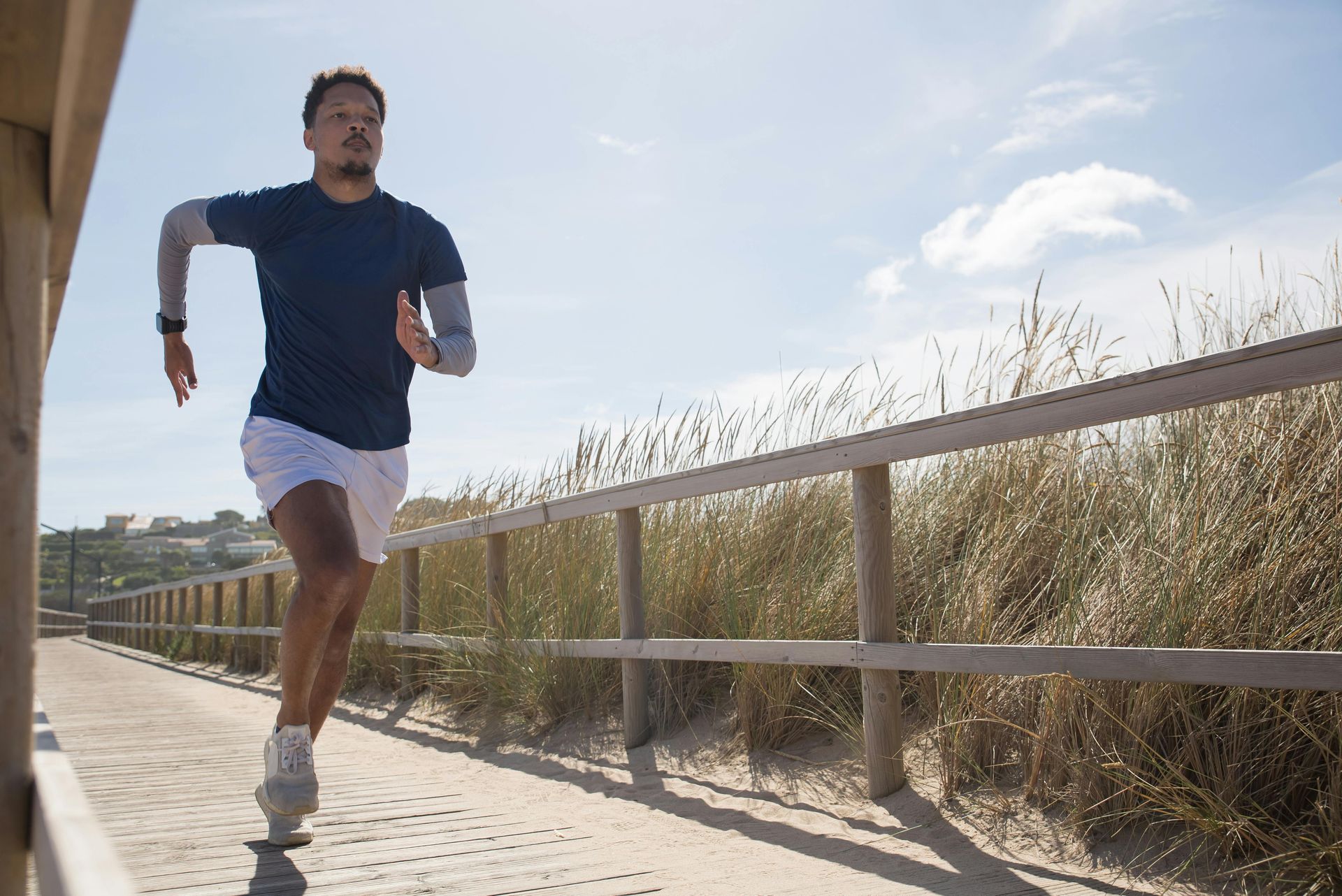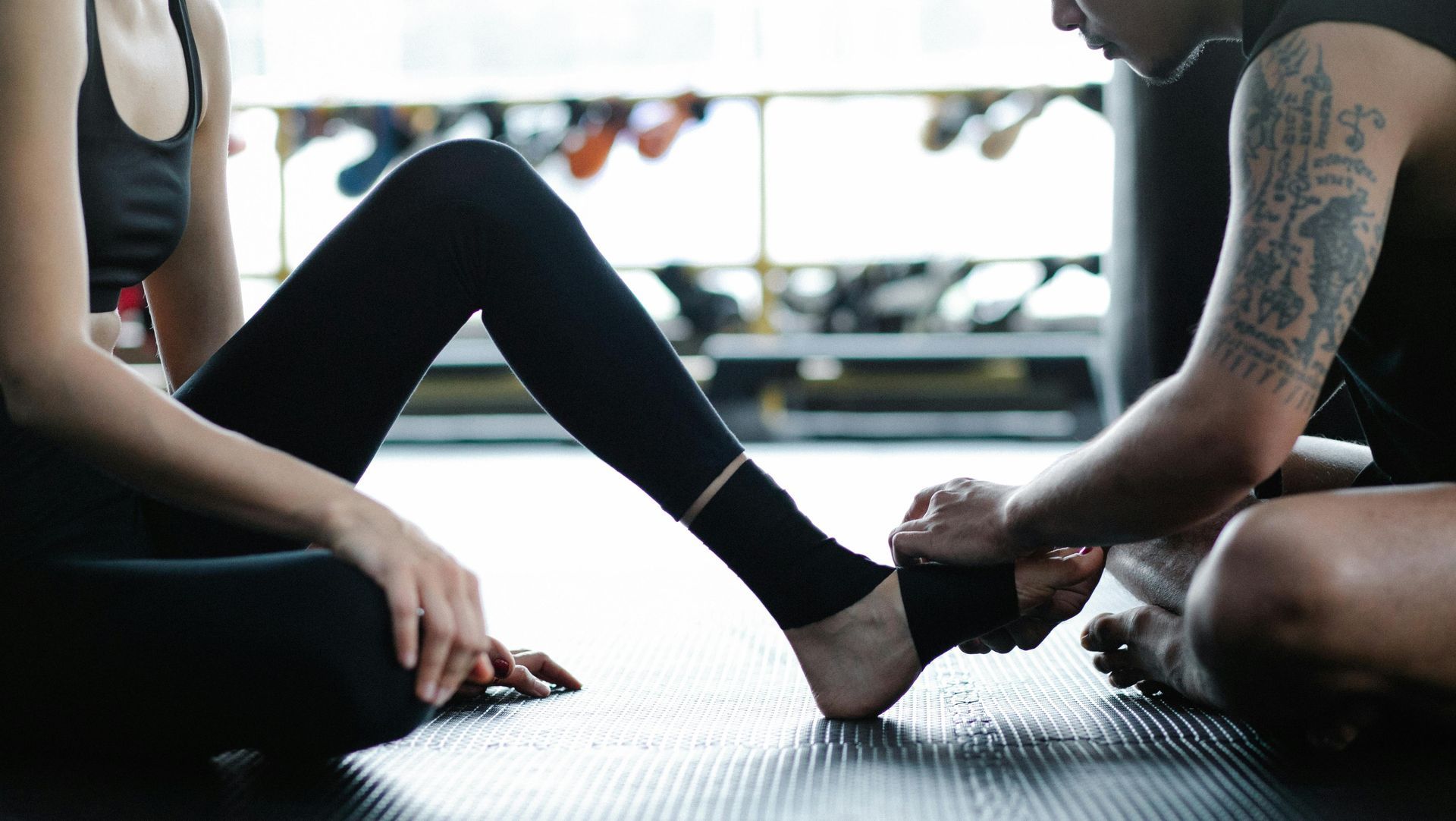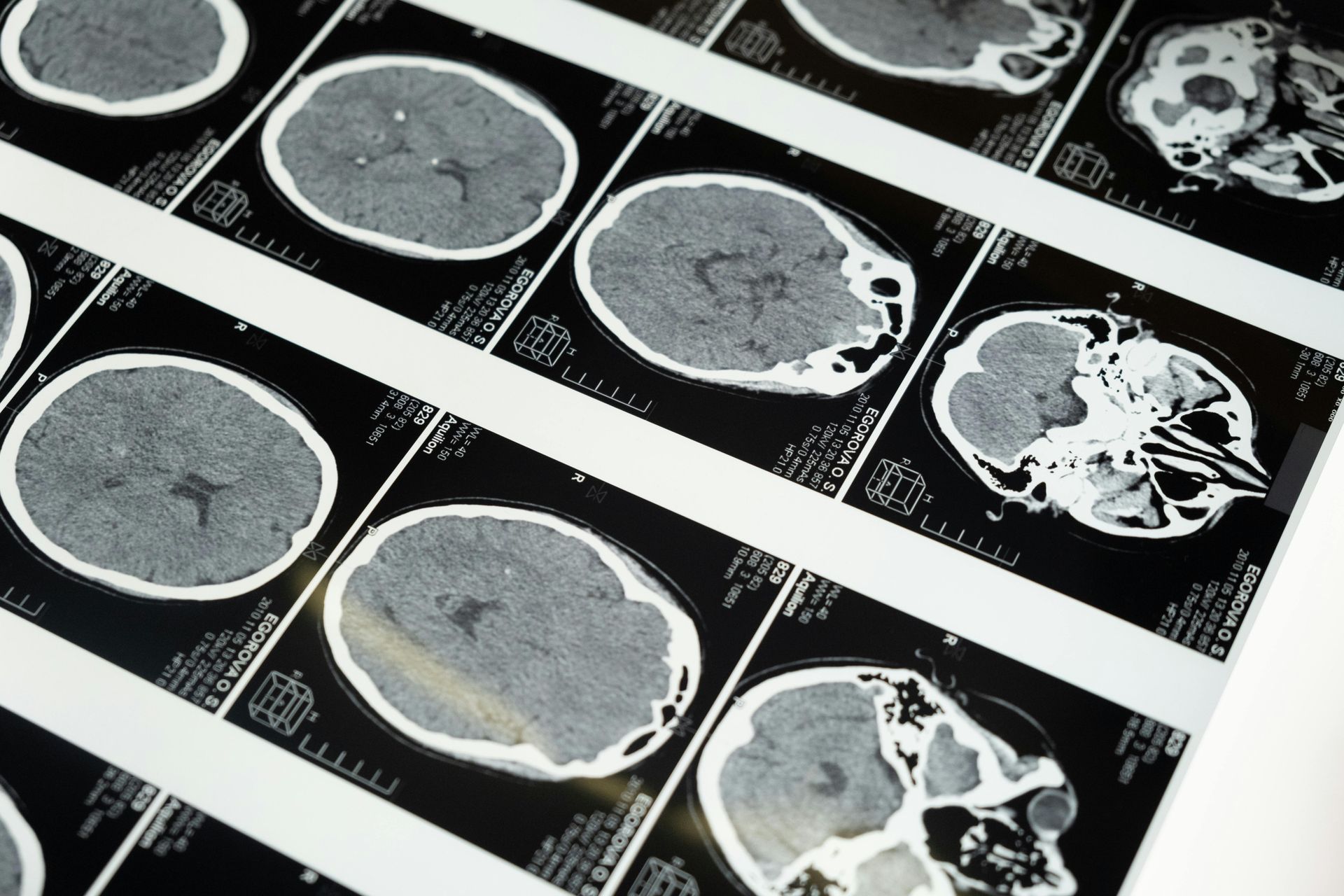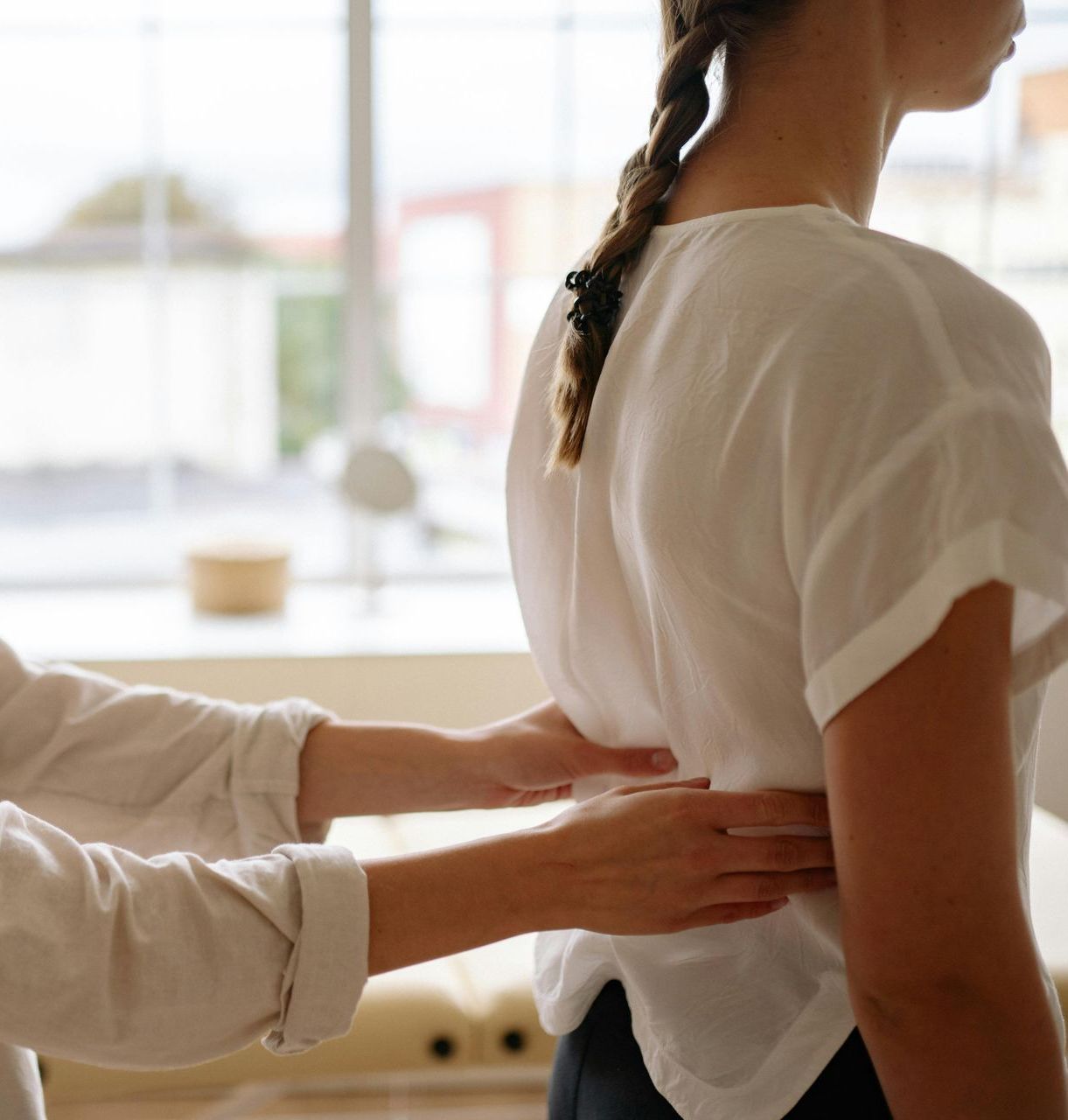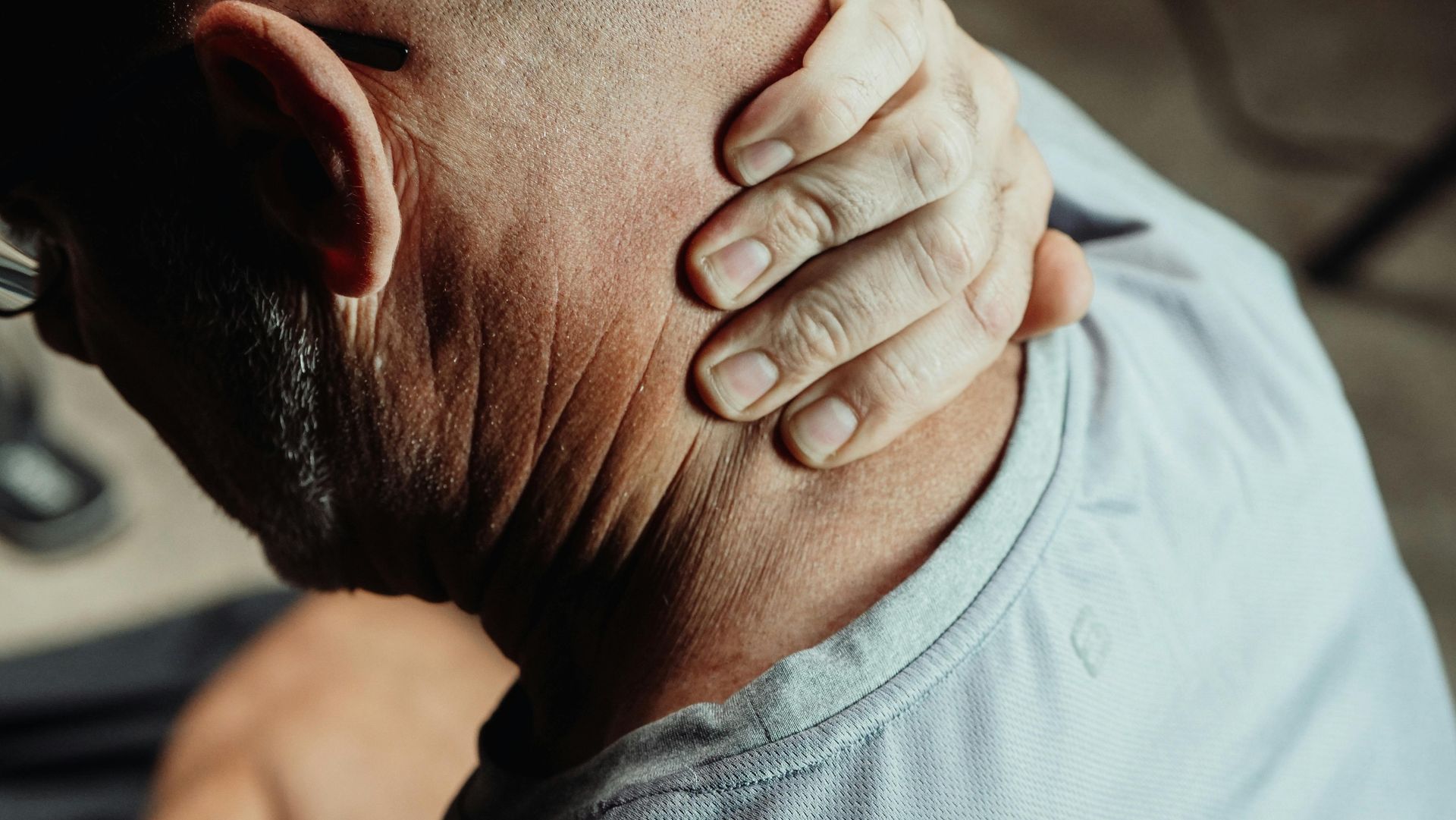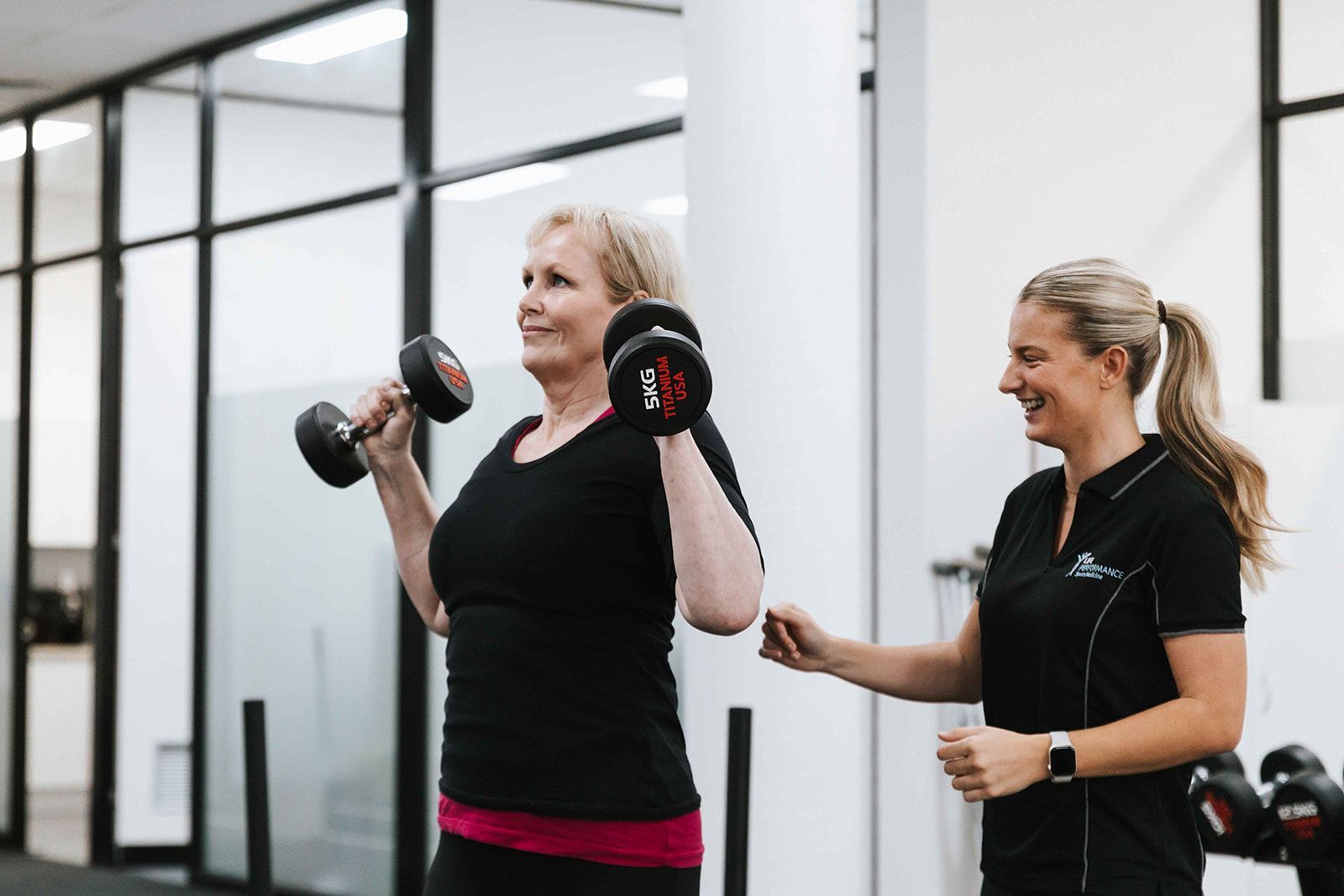The truth behind why we don't need to stretch in our warm ups!
Stretching has long been considered a vital component of a proper warm-up before physical activity.....
However, recent studies suggest that stretching may not be as effective as once thought for injury prevention, especially when done before exercise!

The traditional notion of stretching before exercise was based on the belief that it increased flexibility, reduced muscle stiffness, and ultimately reduced the risk of injury.
However, studies show that stretching during a warm-up routine does not actually prevent injuries.
In fact, studies have found that stretching before exercise can actually impair performance and increase the risk of injury.
The reason behind this is that stretching can actually reduce muscle strength and power, which can lead to poor balance and coordination.
This can lead to increased susceptibility to falls and other accidents during physical activity.
Furthermore, static stretching, which is the most commonly used form of stretching, has been shown to have no effect on reducing the risk of muscle soreness or injury.
In fact, it can actually cause muscle damage and soreness, which can hinder athletic performance and increase the risk of injury.
So, if stretching is not effective for injury prevention, what should be done during a warm-up routine?
The answer lies in dynamic stretching and graduated activity intensity.
Dynamic stretching involves performing movements that mimic those of the activity being performed.
This type of stretching increases blood flow and activates the muscles needed for the activity.
Then it is a matter of gradually increasing the intensity of actions that are specific to your sport.
For example, if your sport involves a lot of short, hard sprints, build your intensity of running speed, over some longer distances.
Then gradually, reduce your distance to the shorter stuff, while getting your intensity up to 100%.
You really want a light sweat up and your heart rate high. Then you're ready to go!
In conclusion, stretching during a warm-up routine may not be effective for injury prevention, especially when done before exercise.
Dynamic stretching and foam rolling are more effective warm-up techniques that can help reduce muscle stiffness, increase range of motion, and improve athletic performance.
So, the next time you’re getting ready for physical activity, skip the static stretching and incorporate dynamic stretching and foam rolling into your warm-up routine!
Our team of superstar practitioners are here to help!
Simply give us a call on 9329 9988
OR
